Odin (오딘)
10.0 Km 0 2024-02-13
3320 Donghae-daero, Songna-myeon, Buk-gu, Pohang-si, Gyeongsangbuk-do
Odin is a spacious café located near Hwajin Beach in Pohang, known for its stunning view of the East Sea, made possible by its large windows. The café's signature offering is the Odin Cream Latte, a unique blend topped with cream cheese and custard cream. Its desserts, incorporating local ingredients like chives and apricots, add to the café's charm. Situated right in front of the café is Mongdol Beach, along with trails perfect for a relaxing stroll after enjoying your meal.
Hidden Forest [Korea Quality] 히든포레스트 [한국관광 품질인증]
10.8 Km 0 2023-05-23
21-23, Donghae-daero 3218beon-gil, Buk-gu, Pohang-si, Gyeongsangbuk-do
+82-507-1369-8078
Hidden Forest is a luxury guesthouse located at Hwajin Beach in Pohang, Gyeongsangbuk-do. The endless blue sea is close by, and each room has its own heated pool, so this is a place for water-lovers. Most rooms also have a spa to soothe guests’ fatigue and stress away.
Slow Ocean Pool Villa [Korea Quality] 슬로우오션 풀빌라 펜션[한국관광 품질인증]
10.8 Km 0 2023-05-23
39, Donghae-daero 3218beon-gil, Buk-gu, Pohang-si, Gyeongsangbuk-do
Slow Ocean Pool Villa is a luxury guesthouse located at Hwajin Beach in Pohang, Gyeongsangbuk-do, with the endless blue sea close by. Some of the rooms are naturally enclosed with pine trees to avoid damaging the natural scenery. Each room has its own heated pool, where guests can enjoy swimming or water play all year round - even when the sea is too cold.
Naeyeonsan Bogyeongsa Municipal Park (내연산보경사시립공원)
12.1 Km 39903 2024-02-13
533 Bogyeong-ro, Songna-myeon, Buk-gu, Pohang-si, Gyeongsangbuk-do
82-54-270-5566
Naeyeonsan Bogyeongsa Municipal Park is a scenic area that encompasses both the historic Bogyeongsa Temple and the majestic Naeyeonsan Mountain. The mountain, rising to a x_height of 710 meters, is renowned for its stunning natural beauty, characterized by twelve waterfalls cascading through a 14-kilometer-long valley. These waterfalls, coupled with towering rock walls ranging from 50 to 100 meters in x_height, such as Sinseondae Cliff and Haksodae Cliff, along with unique rock formations, create a breathtaking landscape. On the southern side of the mountain lies Bogyeongsa Temple, a significant religious site with origins dating back to the Silla period. The temple complex includes attached hermitages like Seounam Hermitage and Munsuam Hermitage. Notably, the temple houses treasured artifacts, including the stele and stupa of State Preceptor Wonjin.
Bogyungsa Temple (보경사)
12.3 Km 24148 2020-02-11
523, Bogyeong-ro, Buk-gu, Pohang-si, Gyeongsangbuk-do
Bogyeongsa Temple in Pohang, Gyeongsangbuk-do rest with Jungnamsan Mountain in the background, surrounded by the peaks of Naeyeonsan Mountain. The temple grounds boast 12 beautiful waterfalls flowing from Naeyeonsan Mountain and a picturesque landscape. The temple was built in 602 during the Silla period and also has 4 smaller temples on the grounds.
Cheongsong Eoreumgol Valley (Cheongsong National Geopark) (청송 얼음골 (청송 국가지질공원))
15.3 Km 18053 2024-02-28
1 Naeryong-ri, Juwangsan-myeon, Cheongsong-gun, Gyeongsangbuk-do
Cheongsong Eoreumgol Valley is a gorge located on Juwangsan Mountain in Cheongsong. It is known for its warm winters and cool breezes in the summer, creating a mystical atmosphere. In May 2017, it was recognized for its geological value and certified as a UNESCO Global Geopark. During the summer, when the temperature exceeds 32 degrees Celsius, ice forms in the valley, melting when the temperature drops below 32 degrees Celsius. The area boasts impressive rock formations and stunning landscapes, attracting many tourists with its springs, and artificial falls.
Gyeongjeong Beach (경정해수욕장)
15.4 Km 7228 2021-06-29
1726, Yeongdeokdaege-ro, Yeongdeok-gun, Gyeongsangbuk-do
+82-54-730-7642
Gyeongjeong Beach is famous for its serene and clean water with gentle waves. The southern part of the beach is made of rocks. Visitors should avoid swimming in the waters since they are used as an aqua farm for growing marine products such as sea cucumbers, abalone and sea squirts. The beachside road is a perfect driving course with the view of the horizon.
Daege Wonjo Village (Chayu Fishing Village) (대게원조 차유어촌체험마을)
16.5 Km 9846 2021-12-21
Chuksan-myeon, Yeongdeok-gun, Gyeongsangbuk-do
+82-10-9371-4967
The crabs caught from the sea near this village had legs that resemble bamboo shoots, earning the name "daege," combining the letters that mean bamboo and crab in Korean. The village was originally known as Chayu Village, meaning "to cross on a wagon," from during the Goryeo period because the village resembled a saddle on a wagon. But recently, it has been renamed Yeongdeok Daege Wonjo Village and a local monument has been established. The nearby Gyeongjeong Breakwater is famous among anglers.
Jeolgolgyegok Valley [National Geopark] (절골협곡 (청송 국가지질공원))
16.9 Km 31802 2021-02-17
San 124, Jusanji-ri, Cheongsong-gun, Gyeongsangbuk-do
+82-54-870-6111
Jeolgolgyegok Valley is located along the mountain ridgeline connecting Gamebong Peak and Wanggeoam Rock in Juwangsan Mountain. It stretches for 5 kilometers from Jeolgol Valley Visitor's Center to Daemun Bridge. The valley is formed of vocanic tuffs that were welded and compacted after cooling down, which resulted in forming vertical cracks, leaving rocks to fall out and create a steep valley cliff.
Jusanji Pond [National Geopark] (주산지 (청송 국가지질공원))
17.5 Km 27617 2022-12-26
Jusanji-ri, Cheongsong-gun, Gyeongsangbuk-do
+82-54-870-6111
Jusanji Pond is a small reservoir located in Juwangsan National Park. It is a man-made pond that was dug out in August, 1720 and completed in October the year after. The pond has been used as a source of water for agricultural use as well as for drinking water. Even though it is small in size, about 200 meters long and 8 meters deep, the pond has never dried up from any drought.
150-year-old willow trees are rooted in the pond, which makes a fantastic balance with the surroundings, creating a picturesque scenery found nowhere else.
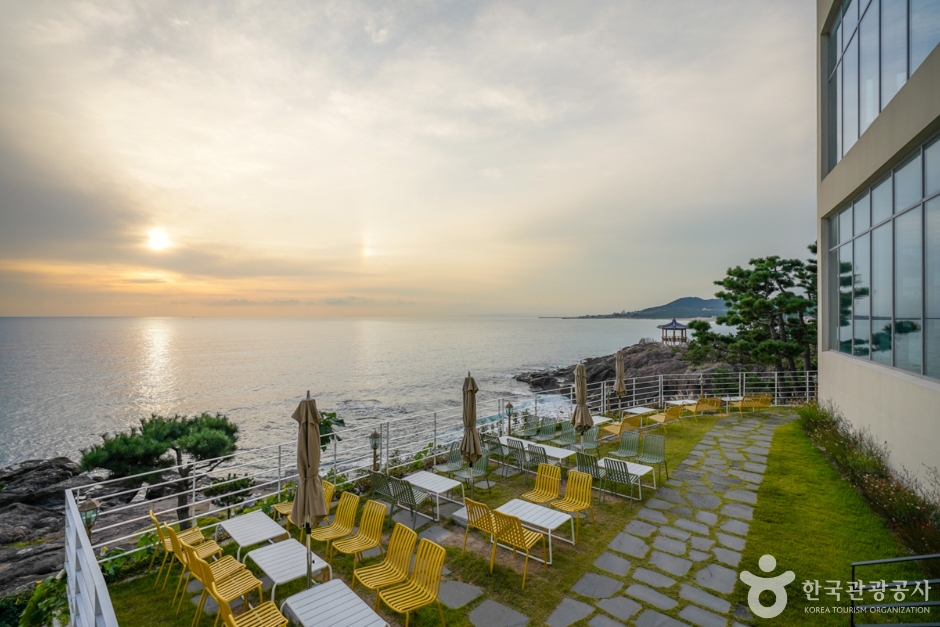
![Hidden Forest [Korea Quality] 히든포레스트 [한국관광 품질인증]](http://tong.visitkorea.or.kr/cms/resource/63/2951163_image2_1.jpg)
![Slow Ocean Pool Villa [Korea Quality] 슬로우오션 풀빌라 펜션[한국관광 품질인증]](http://tong.visitkorea.or.kr/cms/resource/98/2950498_image2_1.jpg)
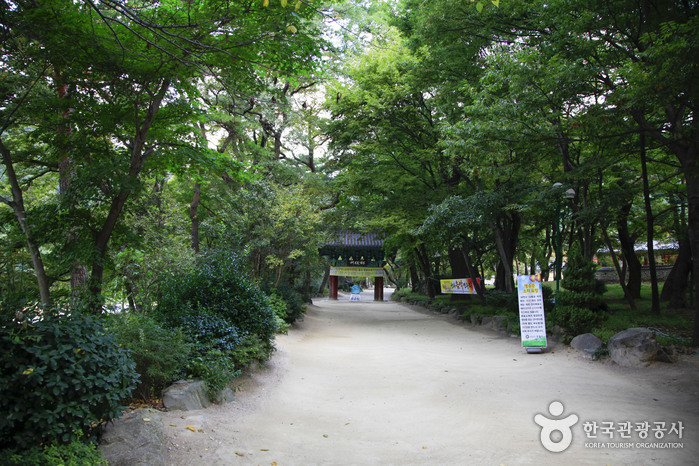
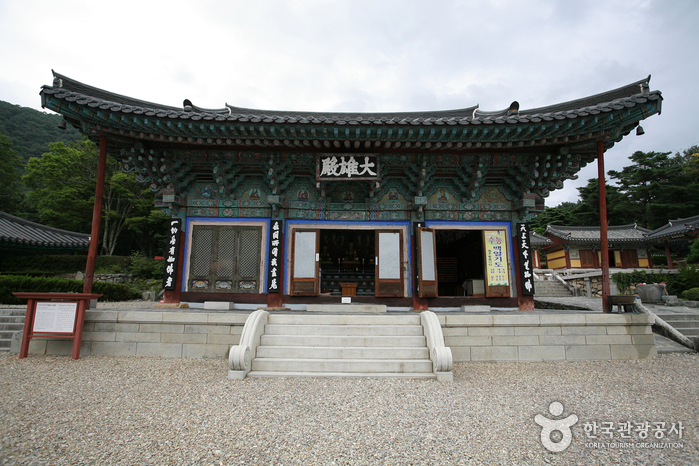
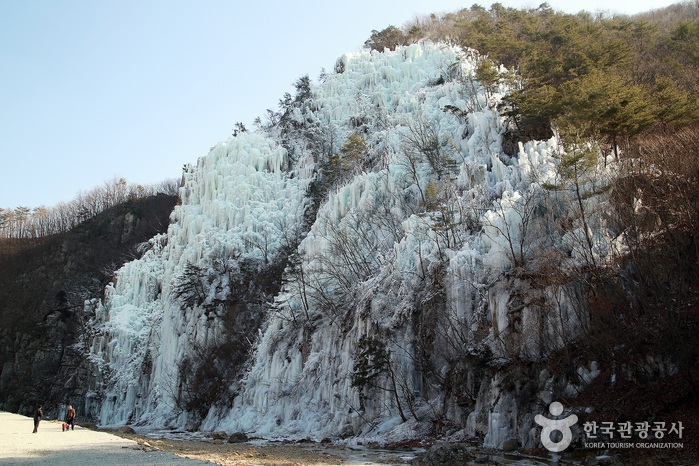
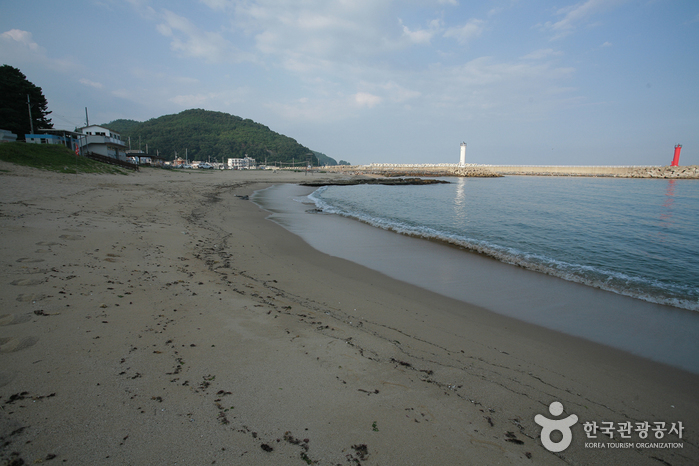
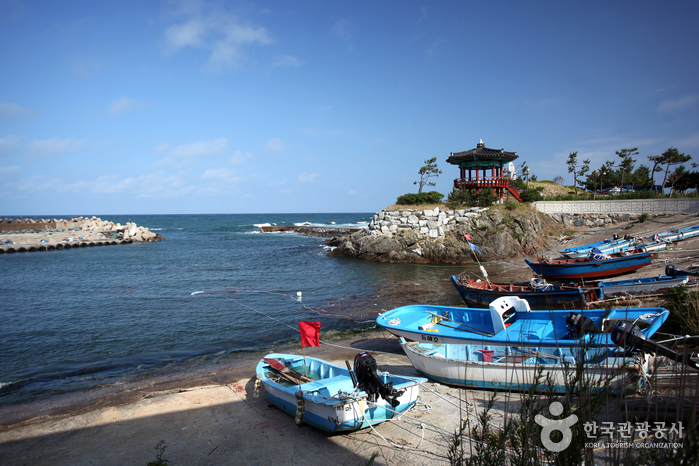

![Jusanji Pond [National Geopark] (주산지 (청송 국가지질공원))](http://tong.visitkorea.or.kr/cms/resource/84/2616884_image2_1.jpg)
 English
English
 한국어
한국어 日本語
日本語 中文(简体)
中文(简体) Deutsch
Deutsch Français
Français Español
Español Русский
Русский